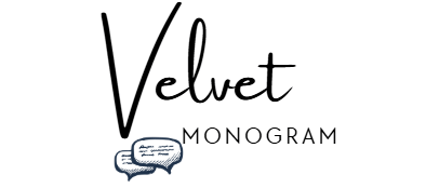🧁 Behind the Label: What “Added Sugars” Really Mean for Your Health
Discover what added sugars really are, how they impact your health, and where they hide in everyday foods. Learn how to read food labels, avoid sneaky sweeteners, and make easy low-sugar swaps for better energy, skin, and overall wellness.
4/17/20252 min read


If you've ever grabbed a protein bar or your go-to vanilla oat milk and spotted “added sugars” on the label, you might’ve paused and thought, “Wait... isn’t sugar just sugar?” Not exactly. And if you’re living in the U.S., chances are you’re eating more added sugar than you realize — often double the recommended limit.
Let’s break it down: what added sugars actually are, why they’re more harmful than naturally occurring sugars, and how to spot the sneaky ways they show up in your favorite “healthy” foods.
🥣 First Things First: What Are Added Sugars?
Added sugars are any sugars or syrups that are added to foods during processing or preparation — think cane sugar, corn syrup, honey, brown sugar, agave, and even fruit juice concentrates. These are not the natural sugars you find in whole fruits, dairy, or vegetables.
Key point: your body processes added sugar and natural sugar differently. A strawberry comes with fiber and nutrients. A spoonful of sugar in your coffee? Just fast-burning calories with zero nutritional value.
🍭 Why They Matter: Health Risks of Added Sugar
Here’s the not-so-sweet truth: Americans consume an average of 17 teaspoons of added sugar per day. That’s nearly triple the American Heart Association's daily recommendation (6 teaspoons for women, 9 for men).
Excess added sugar intake has been linked to:
Weight gain and belly fat
Higher risk of Type 2 diabetes
Inflammation and heart disease
Skin issues (yep, hello breakouts and dullness)
Fatigue and mood swings (a.k.a. the sugar crash)
🧃 Sneaky Sources: Where Added Sugars Hide
Sure, soda and candy are obvious sugar bombs. But added sugars are hiding in some “healthy” choices too — which makes food labels a must-read.
Watch out for these:
Granola and energy bars
Yogurt (especially flavored kinds)
Bottled smoothies or green juices
Nut butters with “natural” claims
Sauces and dressings (BBQ, teriyaki, even ketchup!)
Bread and tortillas (yes, even whole wheat)
💡 How to Spot Them on Labels (Even When They’re Disguised)
Since 2021, U.S. food labels have required “Added Sugars” to be listed separately from total sugars. But brands still get creative with names. Look out for anything ending in “-ose” (like dextrose or maltose), plus:
Cane juice
Molasses
Rice syrup
Fruit juice concentrate
High-fructose corn syrup
🧘♀️ What You Can Do: Easy Swaps That Actually Work
You don’t have to go sugar-free to be healthy — just sugar-aware. Start here:
✅ Trade sugary yogurt for plain Greek yogurt + berries
✅ Use cinnamon or vanilla extract in oatmeal instead of brown sugar
✅ Sweeten coffee with a splash of oat milk or stevia
✅ Try nut butters with 0g added sugar (check Trader Joe’s or Thrive Market)
✅ Choose sparkling water over soda — LaCroix, Spindrift, or Olipop are great swaps
🛒 Pro Tip: Aim for products with less than 5g of added sugar per serving — or none at all if you can.
🎯 Added sugars aren’t evil — but too much of them can seriously mess with your health, energy, skin, and long-term wellness. The next time you're at the grocery store, flip that label over. Small changes = big impact.
And remember: real, whole foods don’t need fancy names or sugar cover-ups. Trust your taste buds (not the packaging).
